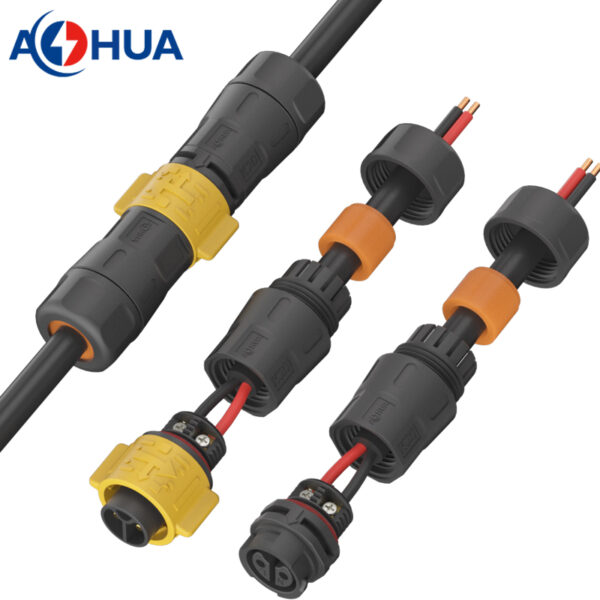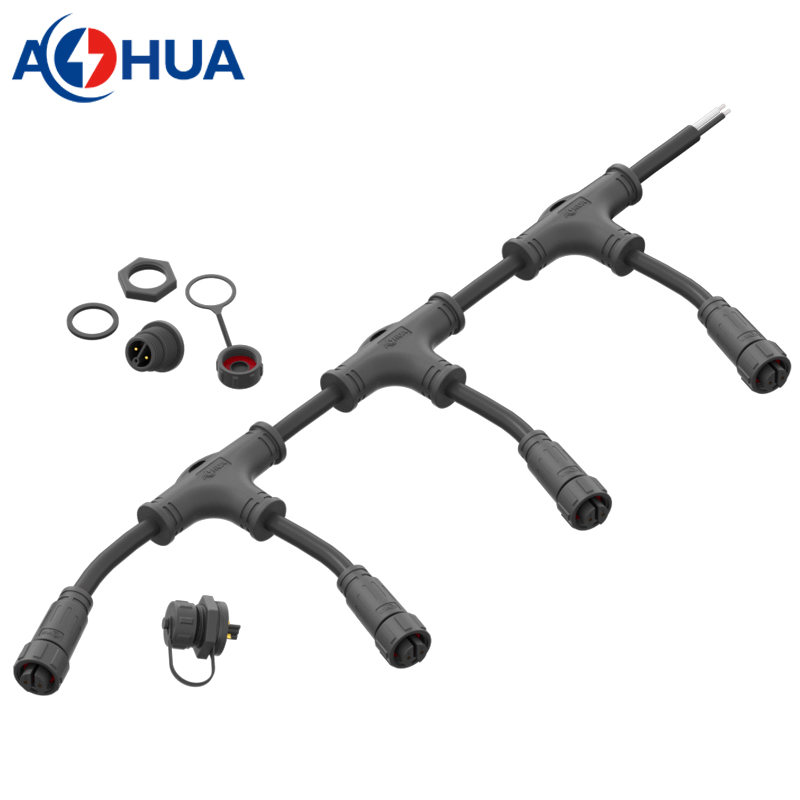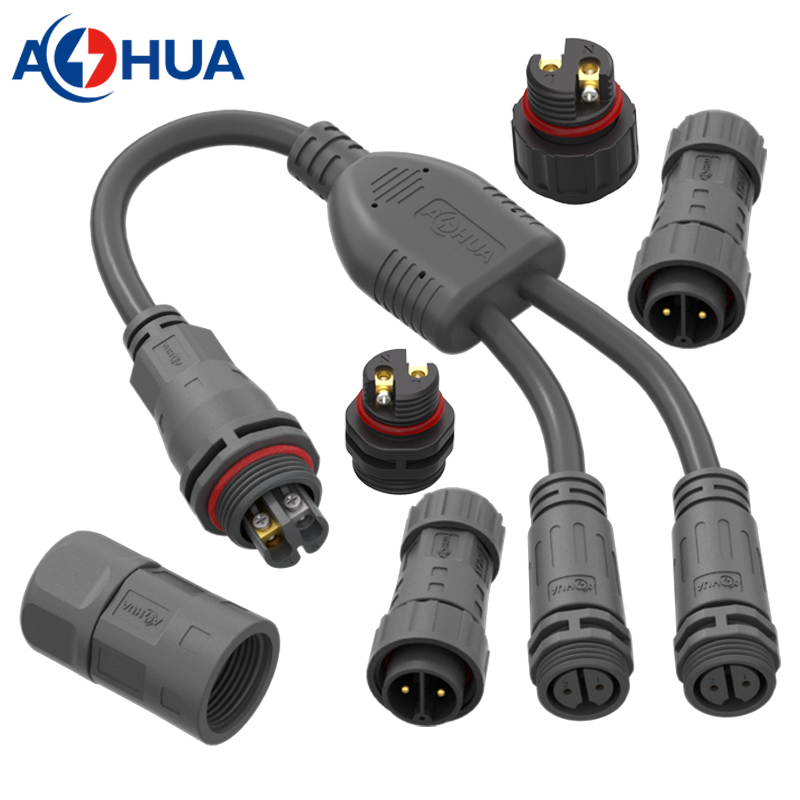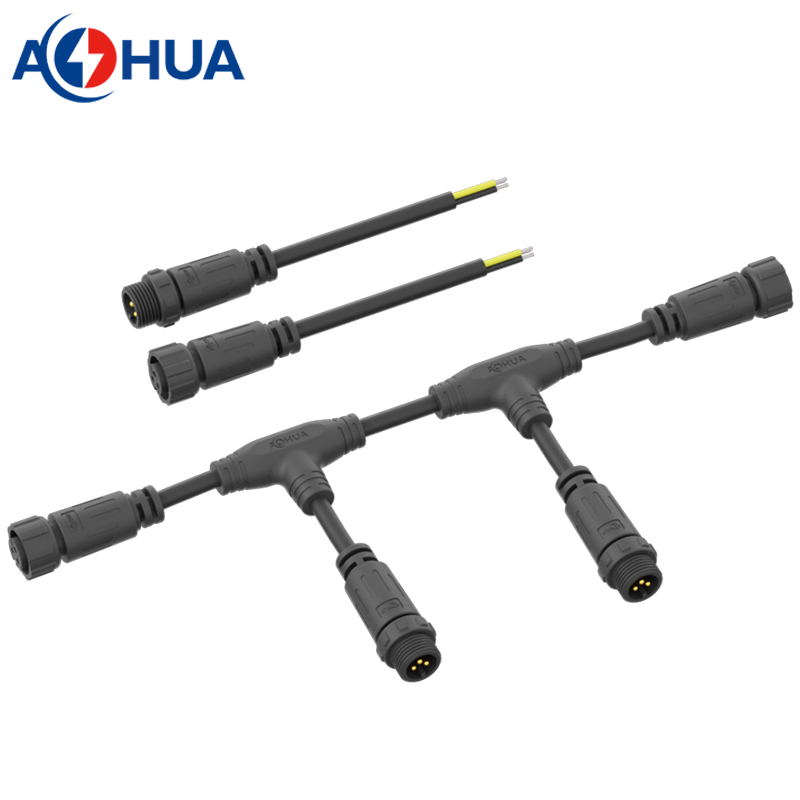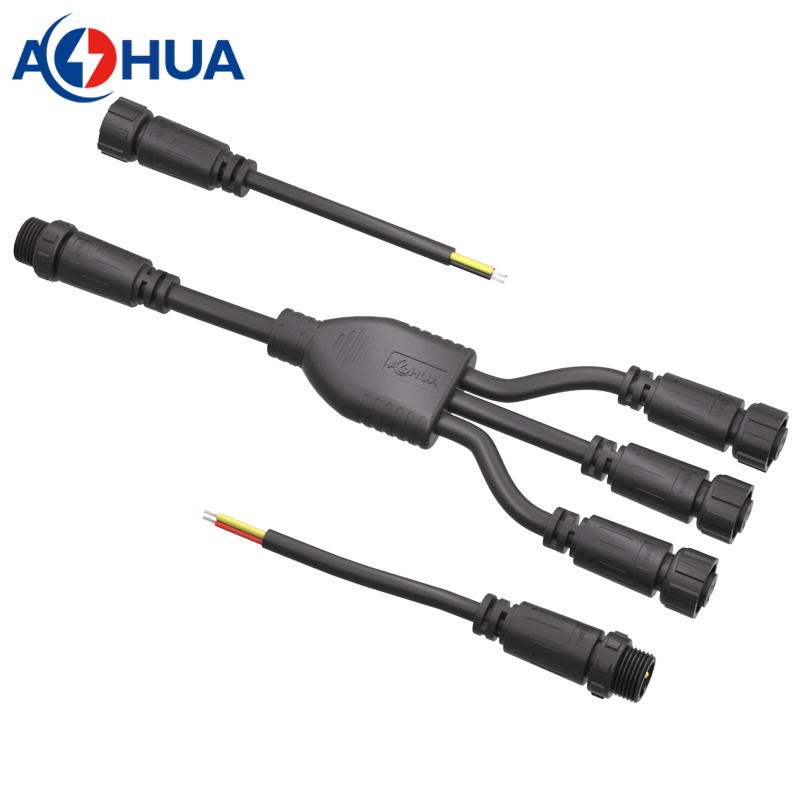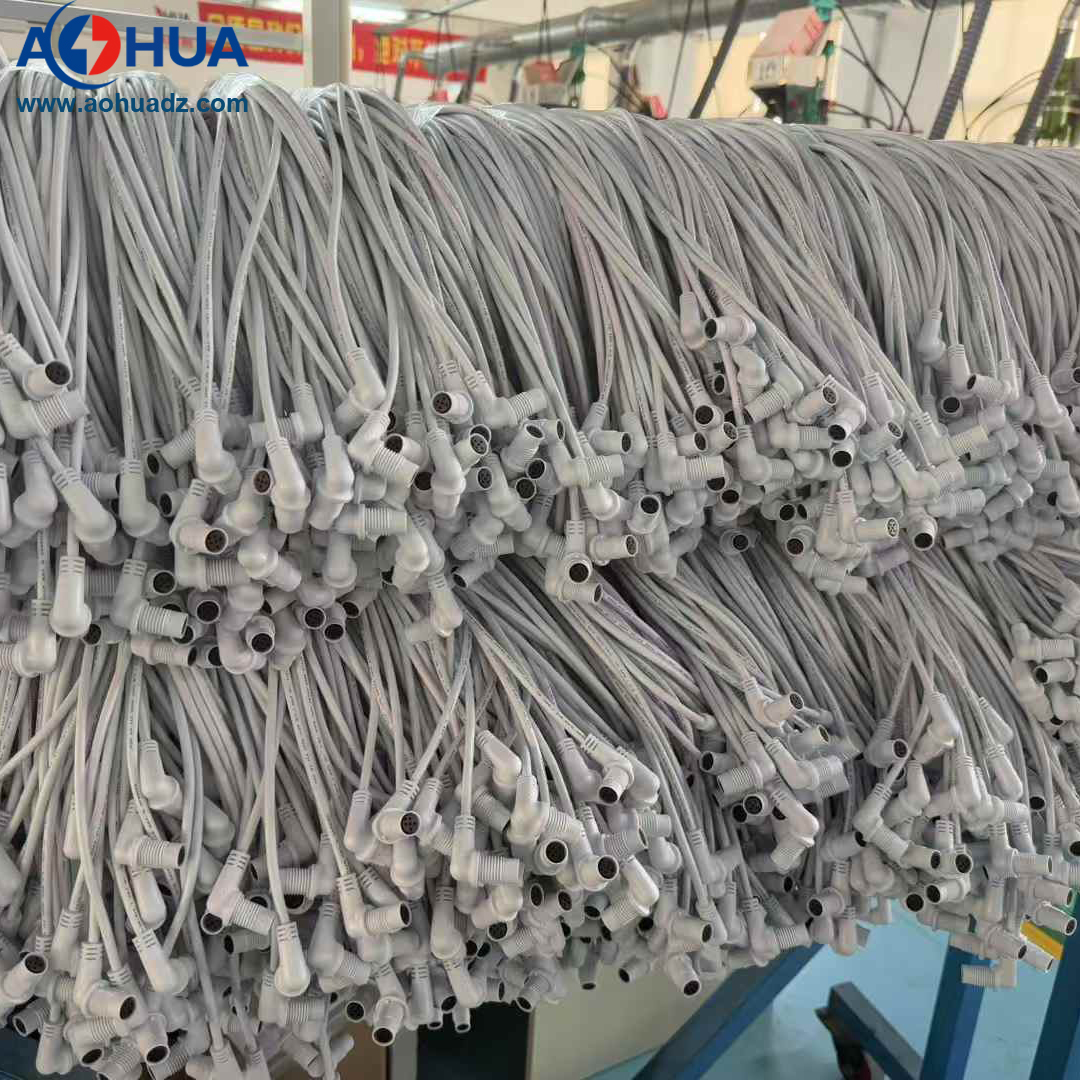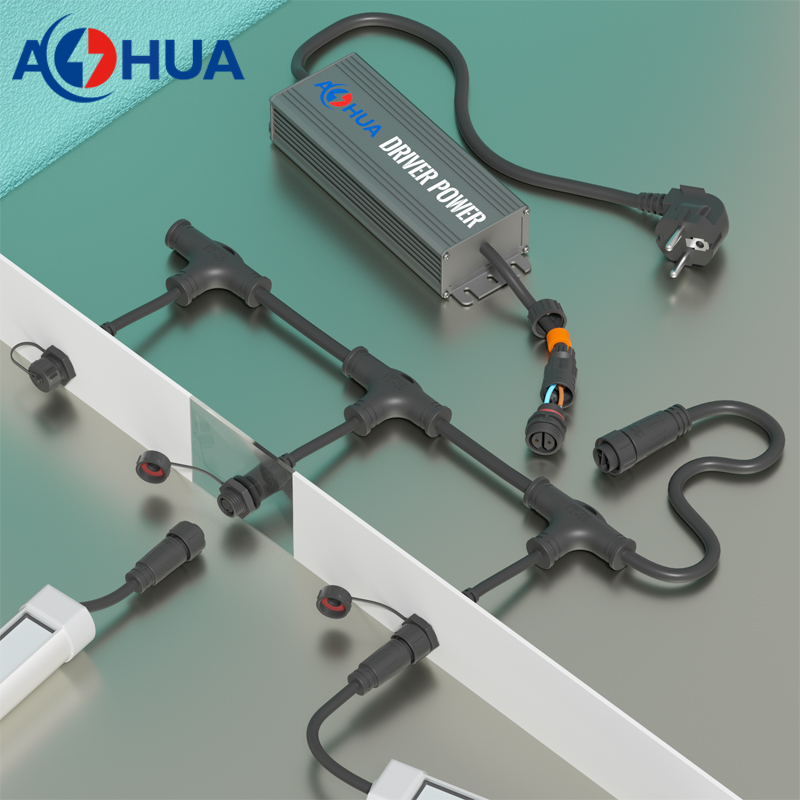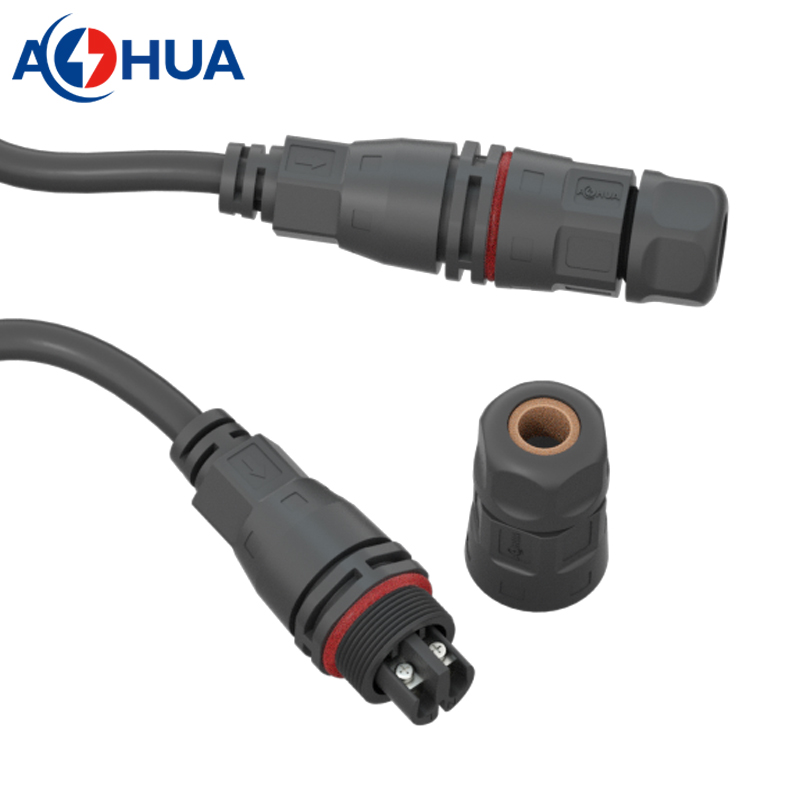Self-Locking Waterproof Connectors: Design, Applications, and Key Parameters
In industries where reliability, speed, and environmental resilience are critical, self-locking waterproof connectors have emerged as a game-changing solution. These connectors eliminate the need for threaded assemblies while offering secure, watertight connections through innovative locking mechanisms. Designed for quick docking and durability, they excel in harsh environments such as automotive systems, marine equipment, and outdoor electronics. Let’s explore their design features, applications, and technical parameters.
Design Features
Self-locking waterproof connectors are engineered for simplicity, speed, and robustness. Key design elements include:
- No-Threads, Quick-Docking Mechanism
- Unlike traditional threaded connectors, self-locking variants use push-pull, snap-fit, or latch-based systems.
- Benefits:
- Faster mating/un-mating (ideal for tight spaces or frequent disconnections).
- Reduced wear from repeated use (no threads to strip).
- Example: Push-pull connectors lock with a simple click and release with a gentle tug.
- Over-Molding Assembly
- The connector and cable are fused into a single unit using injection molding (e.g., thermoplastic or silicone).
- Benefits:
- Seamless waterproof seal (IP68/IP69K ratings).
- Enhanced strain relief and vibration resistance.
- Ideal for pre-assembled solutions in mass production (e.g., sensors, LED lighting).
- Self-Locking Security
- Built-in latches or spring-loaded mechanisms ensure a secure connection, even under vibration or motion.
- Example: Medical devices use audible “click” feedback to confirm mating.
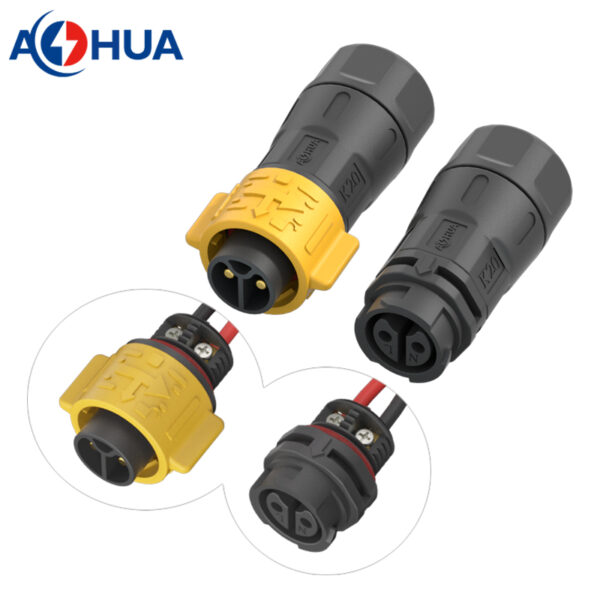
Applications
Self-locking waterproof connectors are versatile across industries:
- Automotive & Electric Vehicles (EVs)
- Use: Battery packs, charging ports, ADAS sensors.
- Why: Quick docking saves assembly time; over-molding resists road salt and moisture.
- Marine & Submersible Equipment
- Use: Underwater drones, sonar systems, navigation lights.
- Why: IP68/IP69K ratings prevent saltwater ingress; no threads avoid corrosion.
- Medical Devices
- Use: Portable diagnostic tools, surgical equipment.
- Why: Sterilization-friendly materials (e.g., medical-grade silicone); quick disconnects for emergencies.
- Industrial Automation
- Use: Robotic arms, outdoor sensors, conveyor systems.
- Why: Vibration-proof locking; over-molding withstands dust and chemicals.
- Consumer Electronics
- Use: Action cameras, drones, outdoor speakers.
- Why: Compact, lightweight designs; easy one-handed operation.
Key Parameters
When selecting a self-locking waterproof connector, consider these specifications:
| Parameter | Typical Range |
|---|---|
| IP Rating | IP67 (splash-proof) to IP69K (high-pressure, high-temperature jets) |
| Voltage/Current | 12–600V; 5–50A (varies by size) |
| Temperature Range | -40°C to +125°C |
| Mating Cycles | 500–5,000 cycles (high-end models) |
| Housing Material | Thermoplastics (PBT, nylon), stainless steel, or silicone |
| Contact Material | Gold-plated (signal), tin-plated (power) |
| Cable Diameter | 3mm to 25mm (customizable) |
Advantages Over Traditional Connectors
- Speed: No screwing/unscrewing saves 50–70% installation time.
- Durability: Over-molding and threadless designs reduce mechanical failure points.
- Space Efficiency: Compact profiles suit miniaturized devices.
Future Trends
As industries demand smarter, lighter, and greener solutions, self-locking connectors are evolving with:
- Hybrid Connectors: Combining power, data, and fiber optics in one housing.
- Biodegradable Materials: Eco-friendly polymers for sustainable manufacturing.
- Smart Locking: IoT-enabled connectors with mating-status sensors.
Self-locking waterproof connectors represent a leap forward in connectivity, merging ruggedness with user-friendly design. By prioritizing quick docking, over-molded seals, and threadless mechanisms, they address the needs of fast-paced, harsh environments. Whether for EVs navigating rainy roads or subsea robots exploring ocean depths, these connectors ensure performance without compromise. Always verify parameters like IP ratings, materials, and mating cycles with manufacturers to align with your application’s demands.
